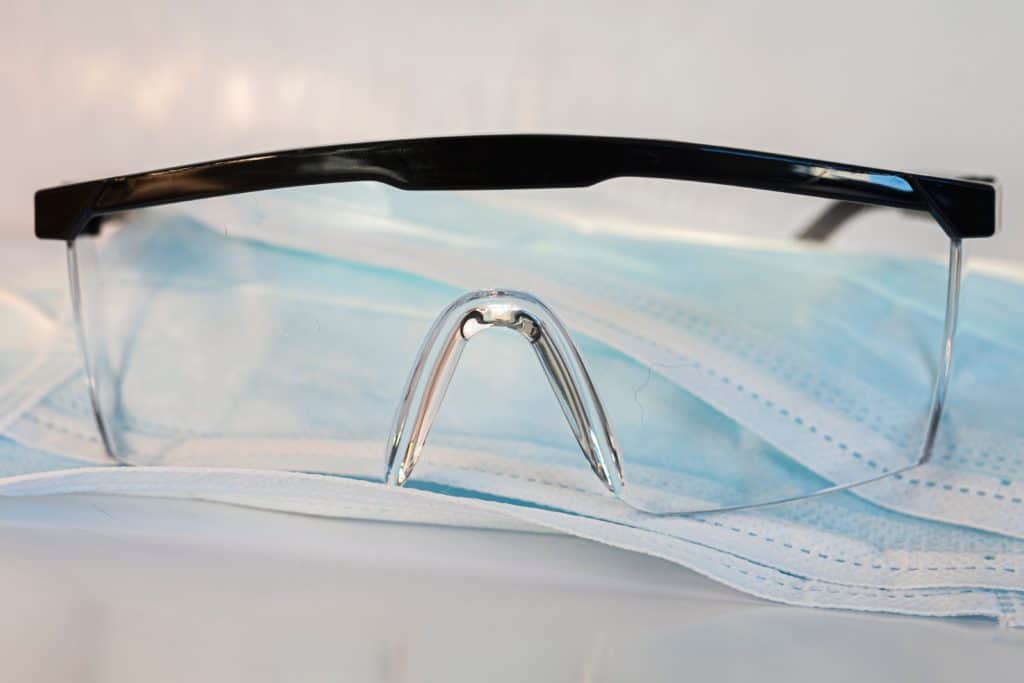Contents
Working at heights is a difficult job, common for people who work in construction companies. Not only do your employees have to perform the task they were assigned to, but also they have to be careful because of the circumstances and because they expose themselves to the danger of falling off and hurting themselves. The consequences can be fatal, so good prevention is mandatory for any company that hires people who are supposed to work at heights. If you plan on hiring employees, make sure they complete a working at heights course.
Risk mitigation
The first thing that should be considered when working at heights is the prevention of accidents. Accidents including falls usually imply falling from a ladder or through a fragile surface, like a roof. Securing the ladders with an eyebolt and ratchet strap has proved to be an efficient solution to these problems along with the flexible safety line that can be attached to the ladder. Trained employees can also wear a fall-arrest harness that can be attached to the ladder and the line. The ladder industrial cannot slip thanks to these precautions, and if the worker slipped and fell through the ladder, the fall would be stopped, thus preventing major injuries.
Understand the fall distance
The common thing is to know that if you’re 6ft off the ground you should be tied off. It is important to calculate the fall distance to understand how to proceed with tying you off. Also, you should know that you can file a legal case against your employer in case of failed safety measures. For this, get in touch with Fendon Law and get justice. Falling from different heights can cause different levels of injuries, some of them fatal. We can show it on this example:
- Lanyard length is 6 feet
- Deceleration Distance is 3.5 feet
- Distance from the sole of the feet to the top of the back D-ring once the fall has occurred is 6 feet
- Safety Factor is 3 feet
If we sum up these numbers, we get 18.5 feet. If you fall when your anchor point is lower than this, you might end up severely injured or even dead. This way calculations of the distance are very important to know which safety measures to apply.
Select a reliable anchor point
An anchor is used to connect and fully support the fall protection system. Workers attach their lanyard or lifeline to the anchor. The type of the anchor and its installation must be the appropriate one. If there is a fall, anchors are there to prevent a person from hitting the ground. There are permanent and temporary (movable) anchors. The first ones are permanently installed against falls as an integral part of the building. The second ones are designed to be connected to a structure using specific installation instructions. Work at heights training includes theory and practice about things like this because you can learn how to recognize the damaged anchors and how to adequately use the normal ones.
Install proper railings
Roof railings have to meet some requirements to be considered safe. They shouldn’t penetrate the roof because that would damage the roof and make it prone to leakages in the future. You also have to look for its design because it is a part of the roof that wasn’t planned from the beginning so you might come across some obstacles when implementing it. When it comes to measurements, here are the numbers that OSHA requires:
1) safety railing must be ¼-inch in diameter
2) the safety railing must be 42 inches high, plus or minus 3 inches
3) the top must not fail and may deflect to a point no lower than 39 inches above the floor when a 200-pound load is imposed on it in a downward or outward direction.
Use ladders safely
The usage of ladders is considered common so people sometimes don’t pay attention to it, and thus, due to neglecting it, some mistakes can happen. The ladders should always stand on flat and solid surfaces since that’s the only way they don’t move and you don’t fall. They should also be made of solid material. You all have seen those metal braces that are hinged on the ladders that can prevent them from moving. It is important to test them before climbing to see if they work. If an employee feels dizzy due to standing too much time on the ladder, they should go down and take some rest.
Select the adequate PPE

The selection of adequate Personal Protective Equipment (PPE) is one of the most important things for the prevention of eye injuries. Safety glasses or safety goggles are indispensable for this matter, and regular eyeglasses can never substitute them. However, they are not perfect. Safety glasses contain small holes around the gaps, so they can be ineffective when it comes to splashes and dust. This is why safety goggles are a better option due to the tight form-fitting facial seal that provides you with 360-degrees protection from debris, splashes, dust, and blunt impacts. Common types include direct vent, indirect vent, and not vented (with or without anti-fog lens).
Ensure you follow all the necessary procedures and prevention measures as a responsible employer. These 6 tips can help you in achieving it but bear in mind that the safety measures will depend on the type of job, so investigate what you need and consult professionals who can do the training for you.



